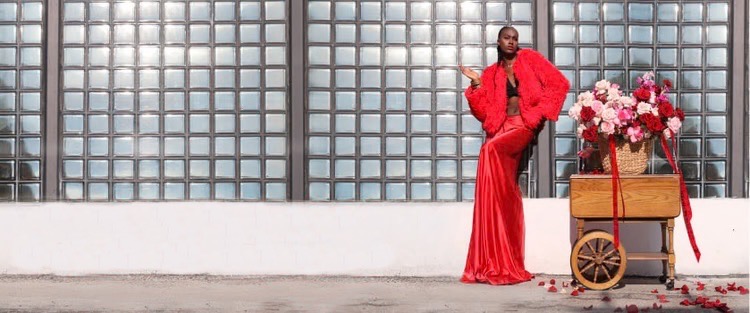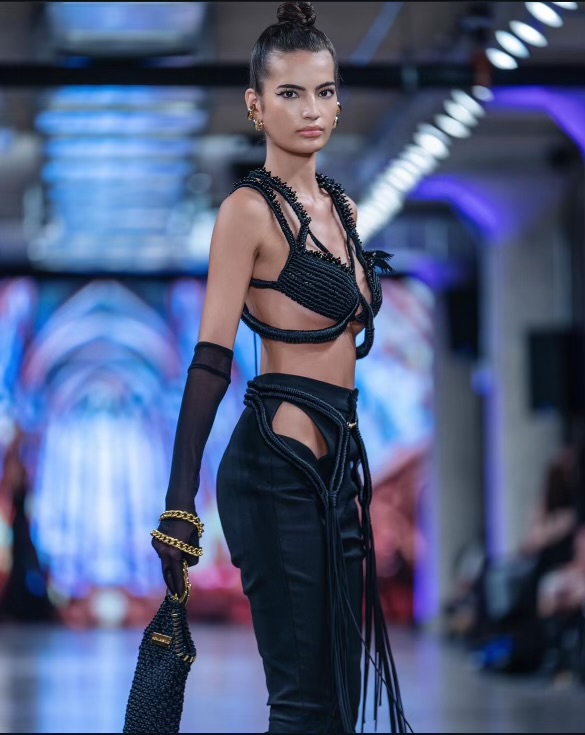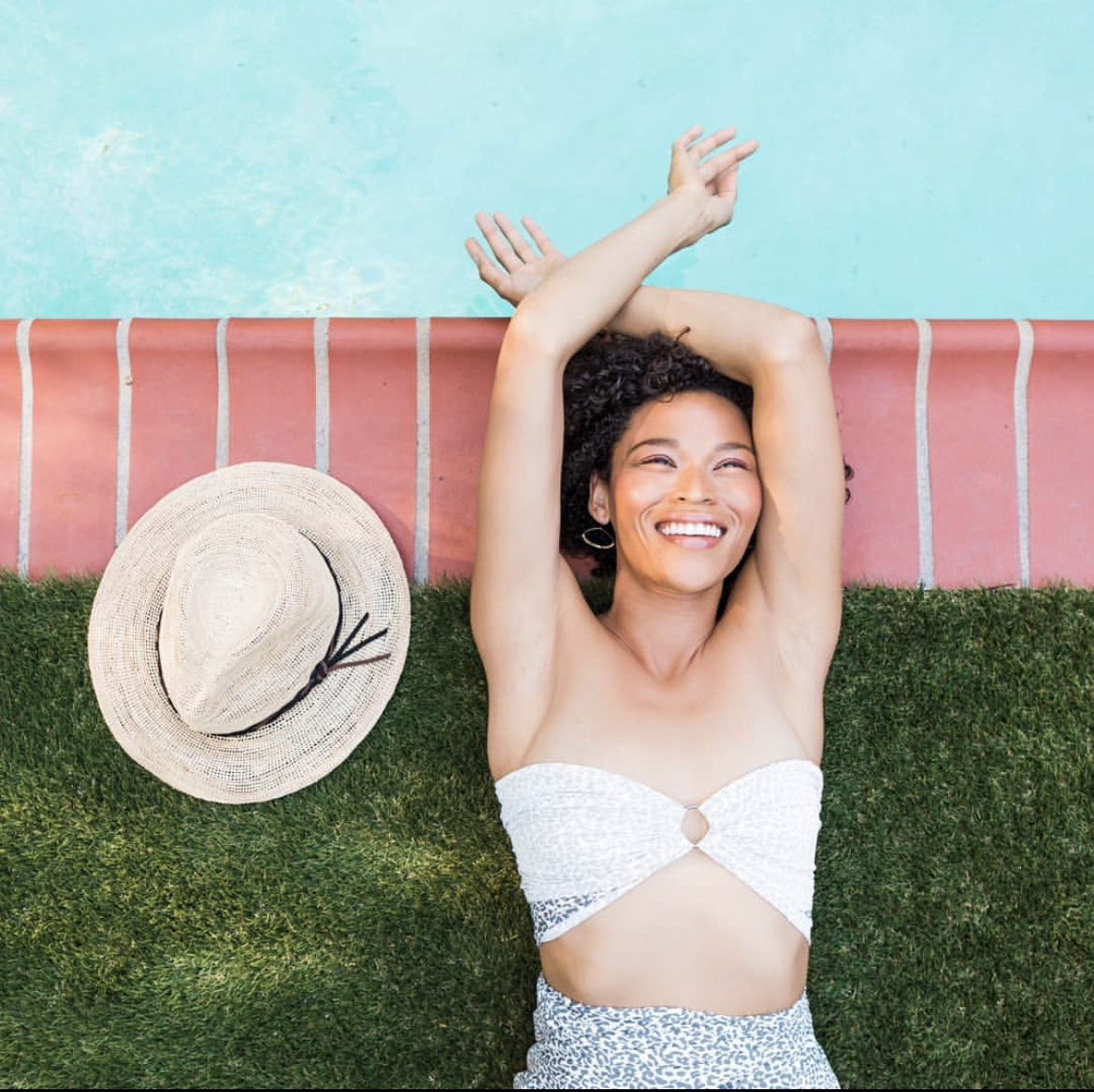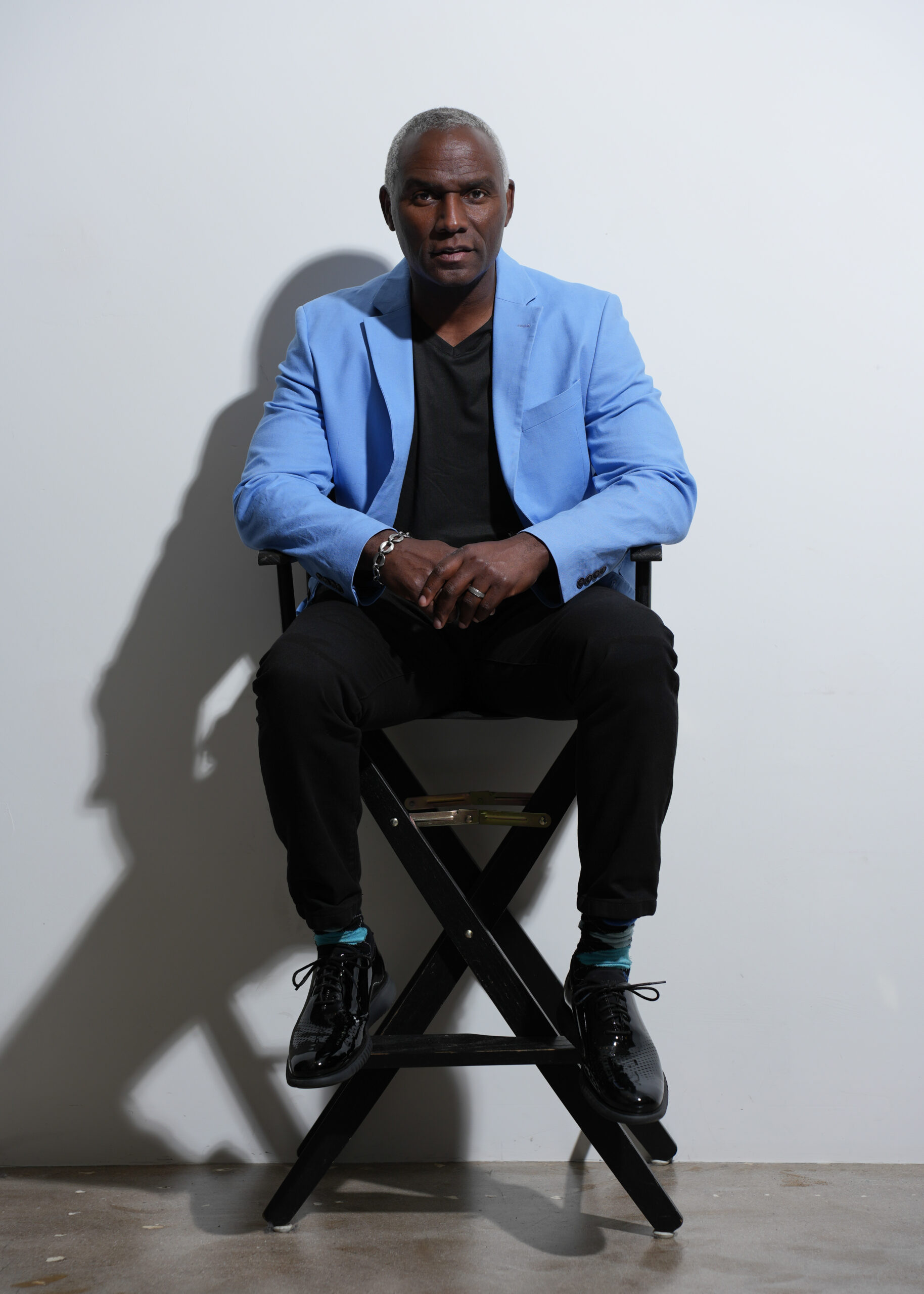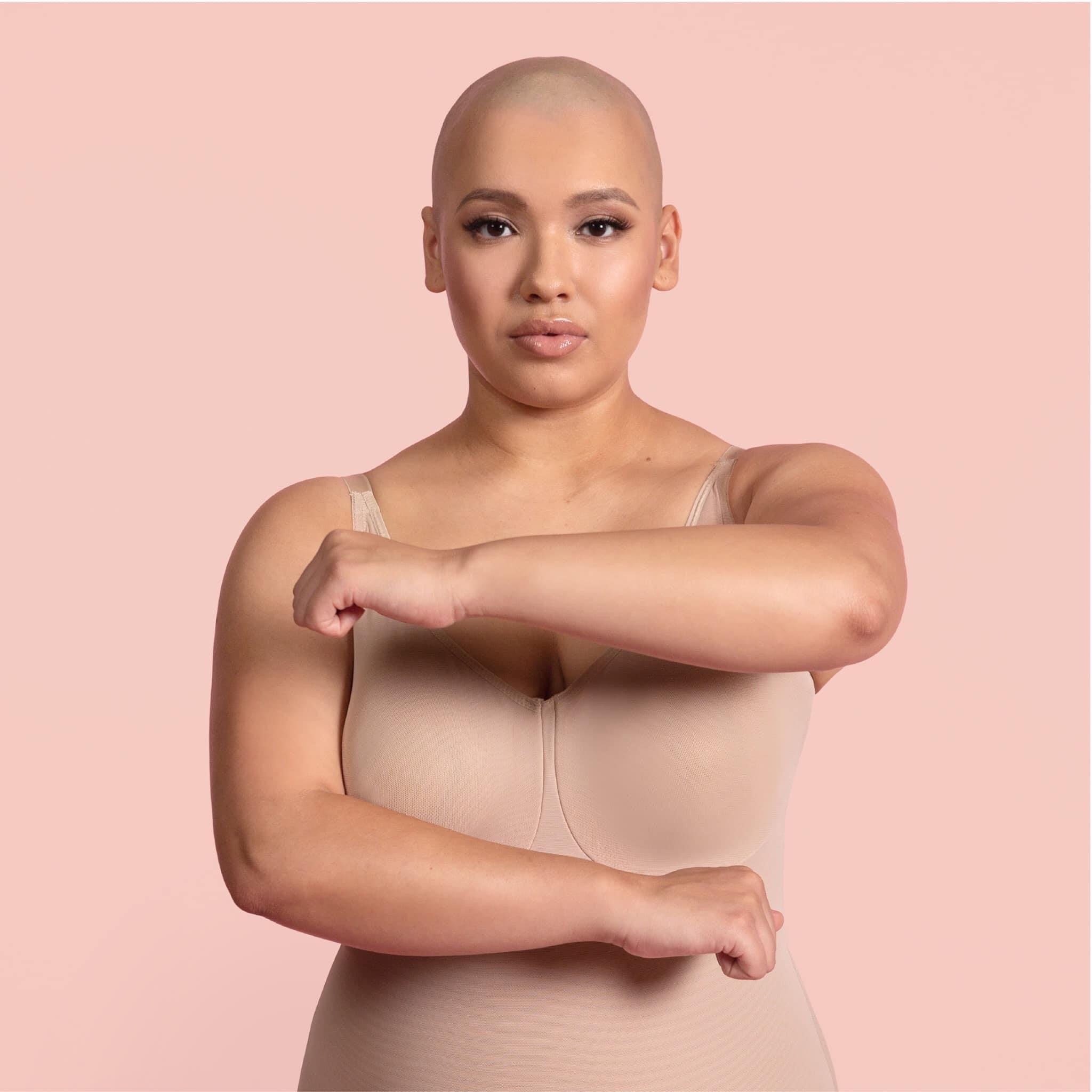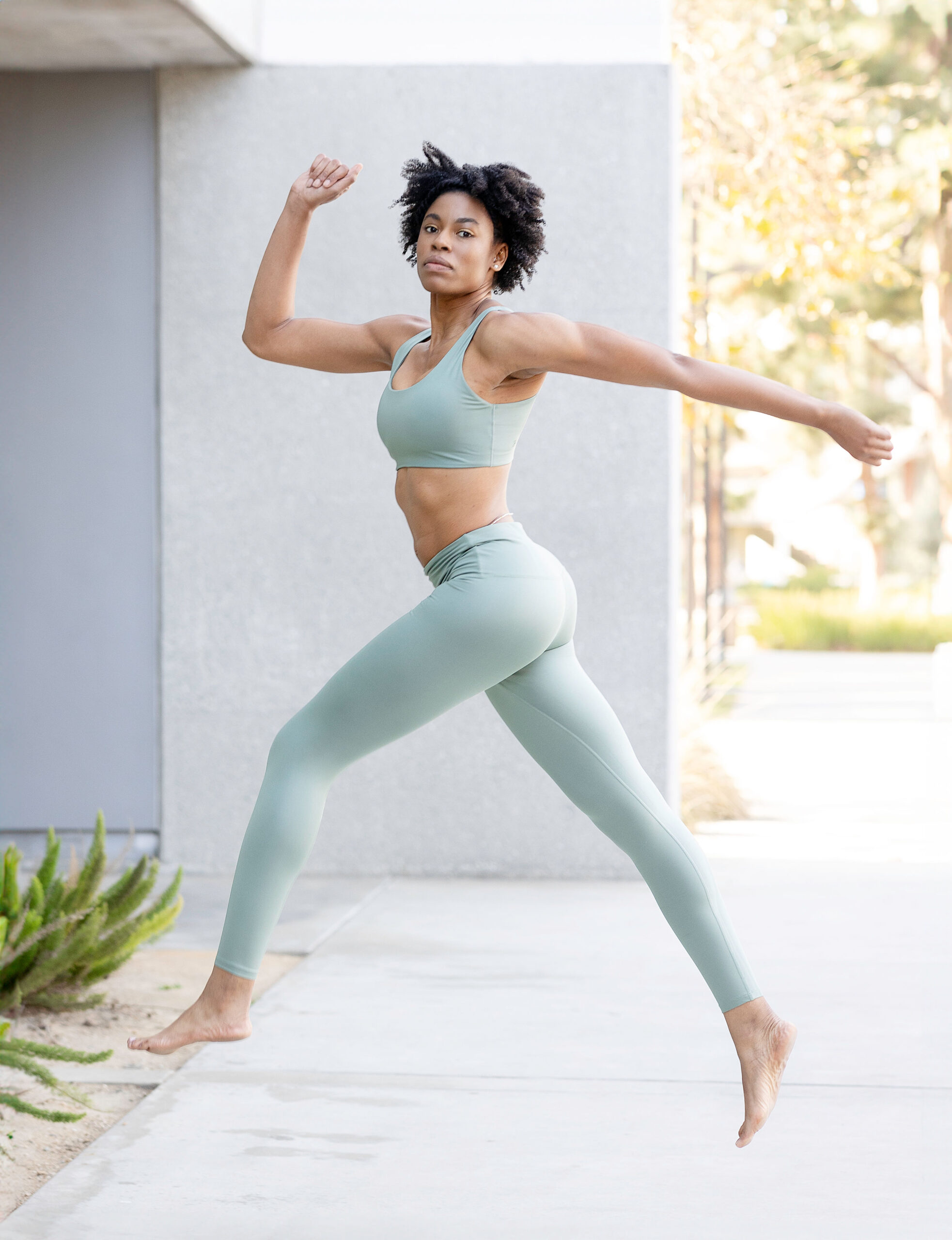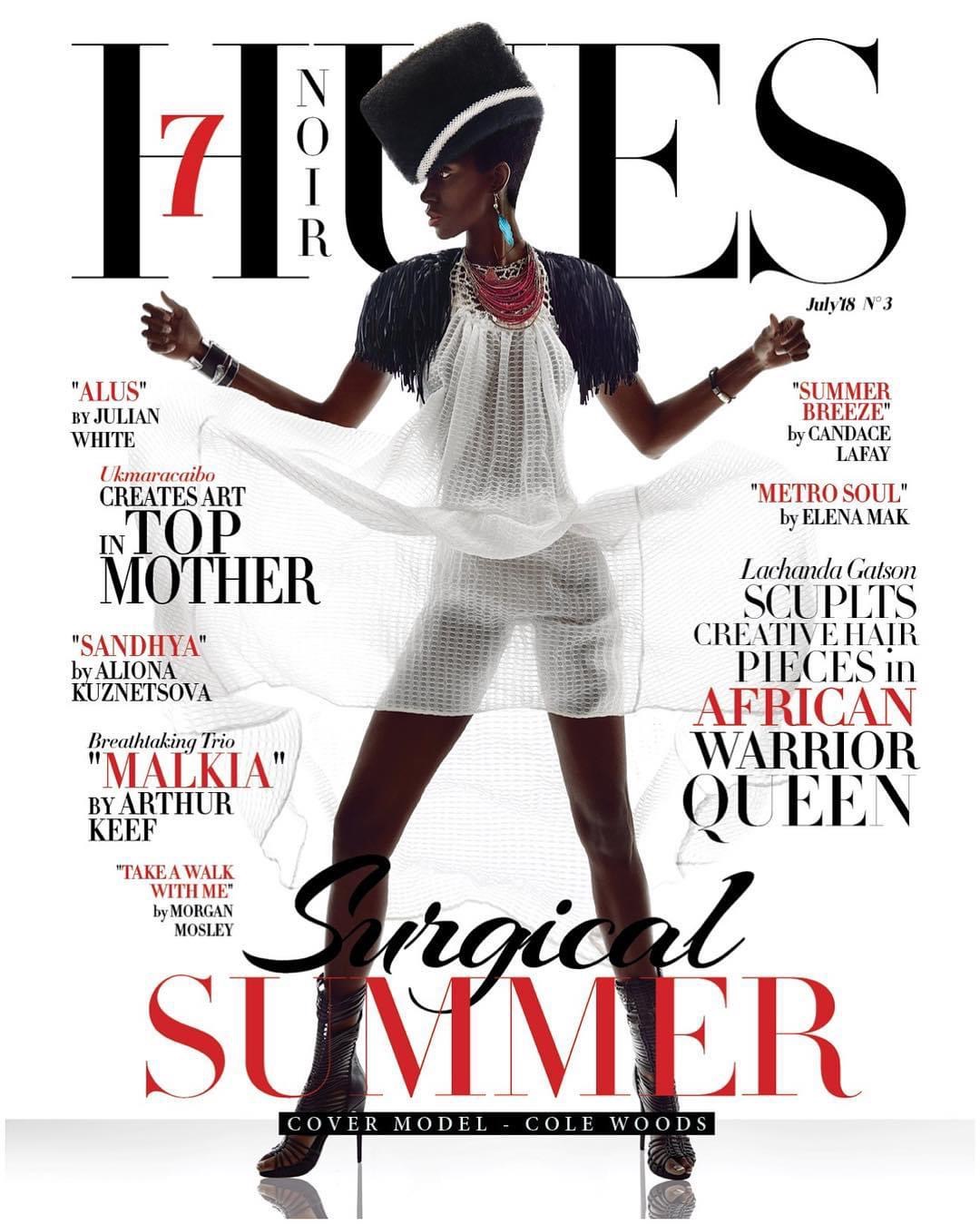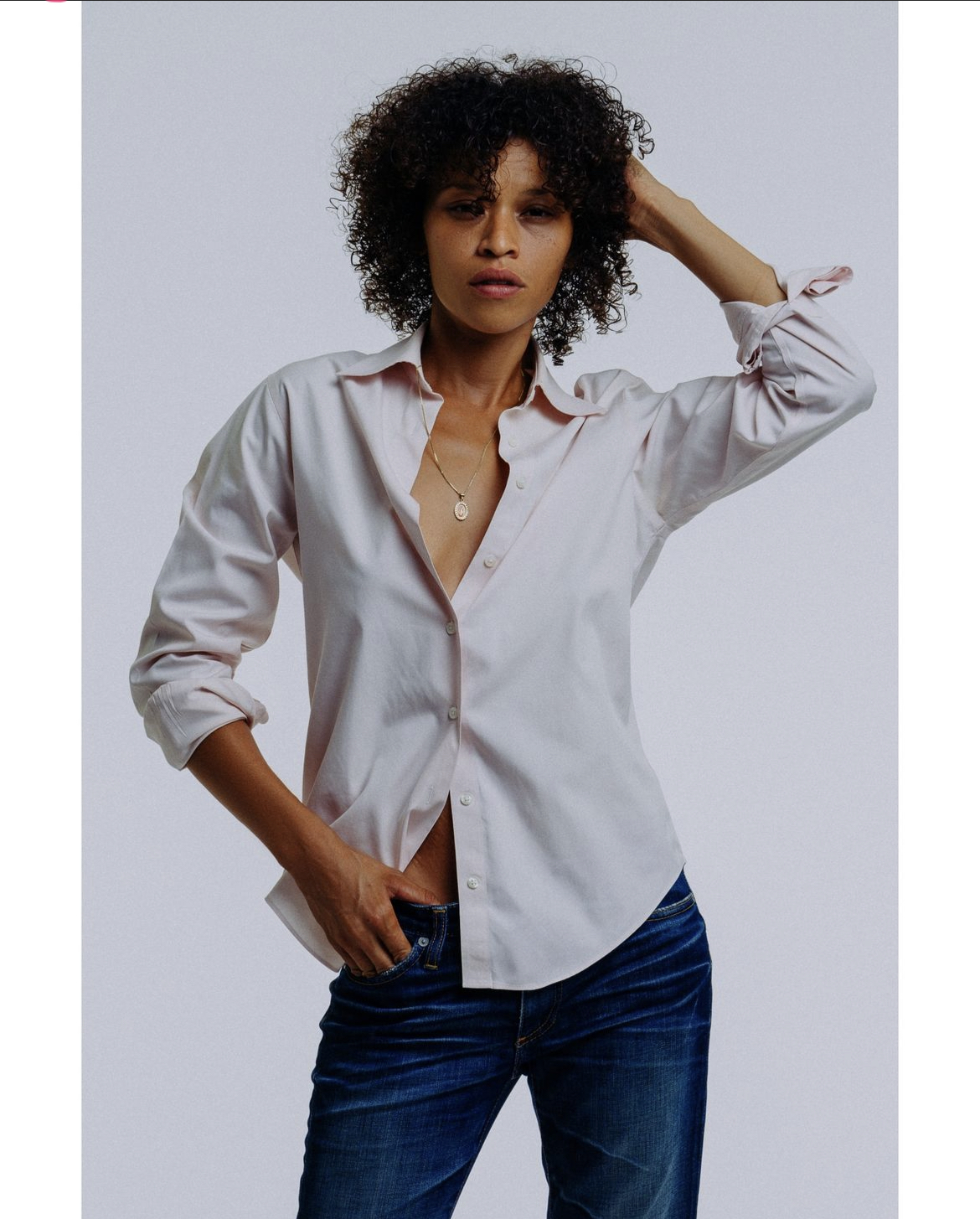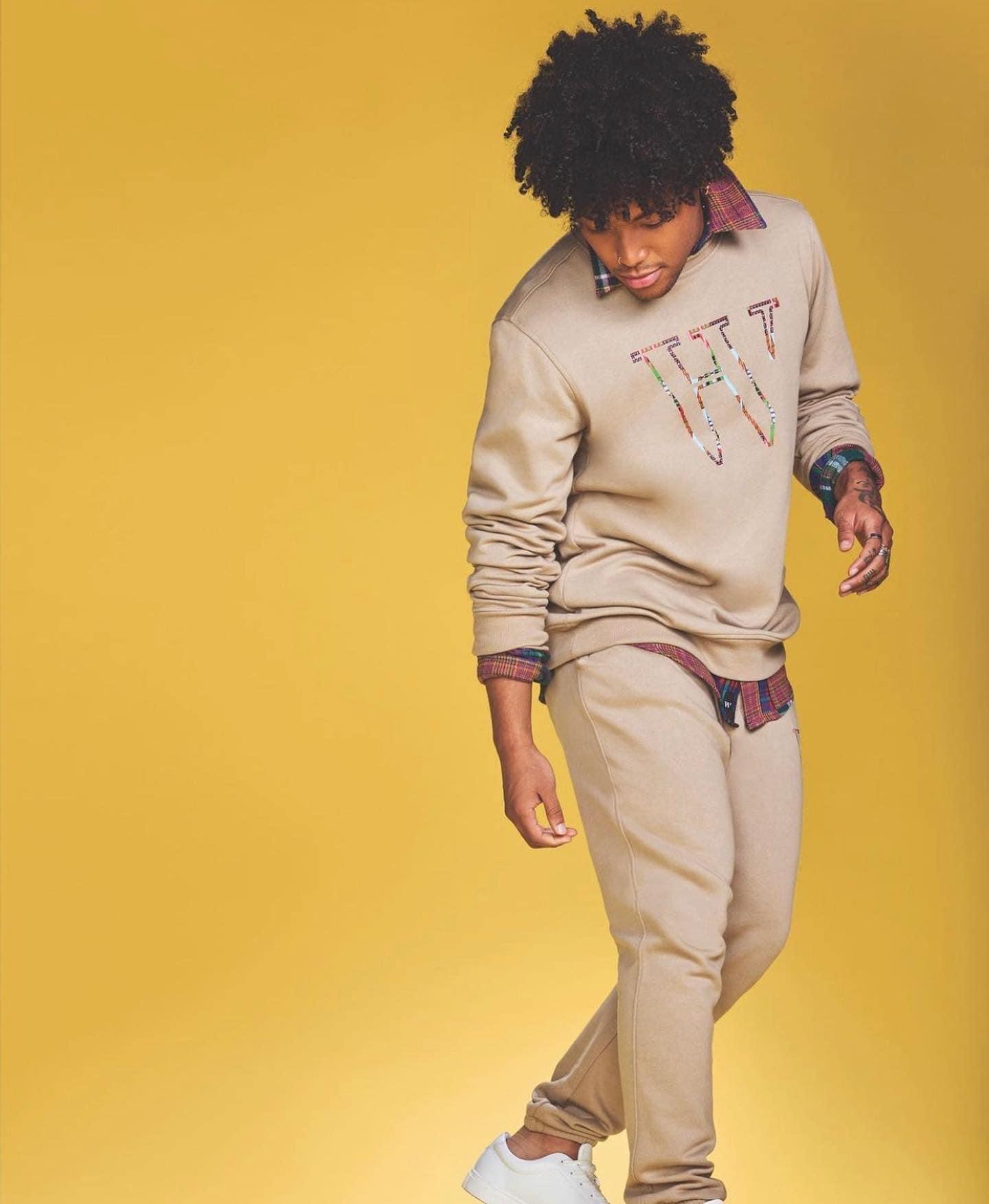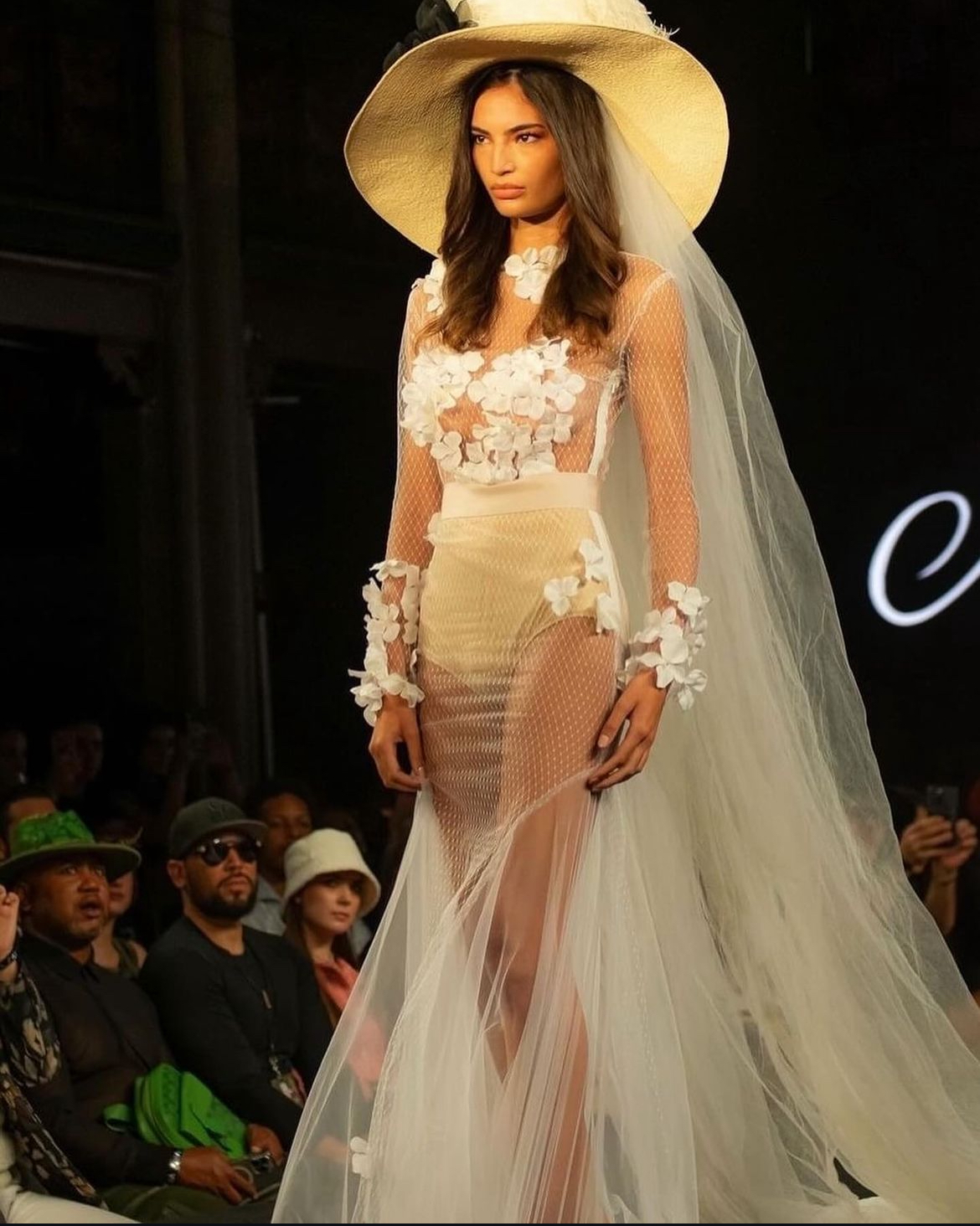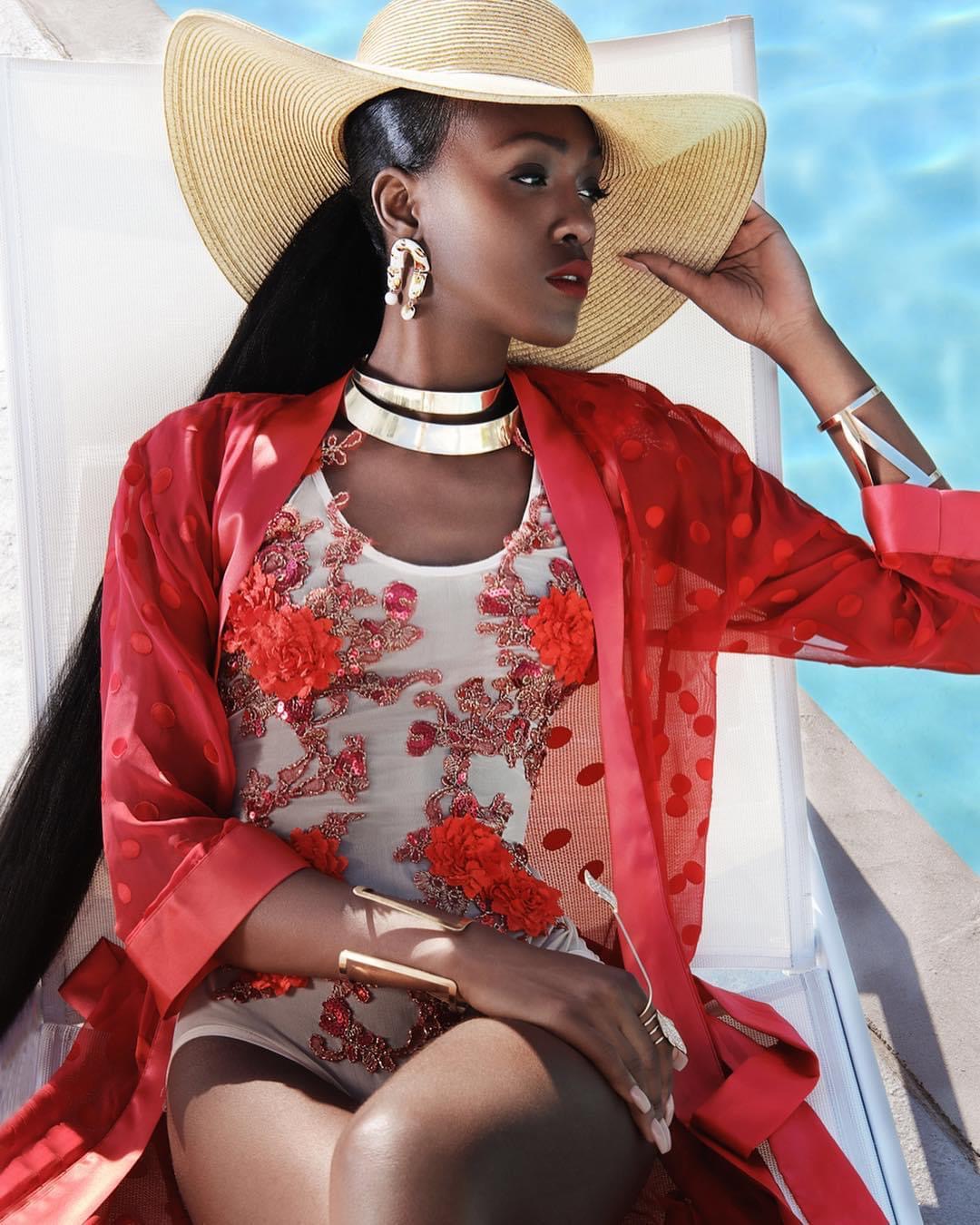-
Runway
Runway Modeling Runway models, also called catwalk models, are the faces of major fashion shows such as New York, Paris, and Milan Fashion Weeks. These models walk the runway wearing designer collections that set the tone for upcoming fashion trends. While
-
Lifestyle Model
Lifestyle Modeling Lifestyle models represent the everyday person and are used to model casual clothing or promote services, rather than specific products. A company like Uber, for example, might use lifestyle models to depict regular people using their service in ads
-
Influencer Model
Influencer Modeling Influencer models are individuals with at least 25,000 followers on a social media platform. There are no strict physical requirements other than having a strong following and taking great pictures. Influencer models can connect with brands via platforms like
-
Petite Model
Petite Modeling Petite models typically stand between 5’0” to 5’8” and wear a dress size of 0-2 US. While they may not meet the height requirements for high fashion, petite models often find work in commercial and catalogue modeling, particularly for
-
Plus Size Model
Plus Size Modeling Plus-size modeling is on the rise, as brands expand their offerings to appeal to a broader demographic. If you have great facial features, confidence, and wear sizes between 12-16 US, this might be the category for you. Even
-
Fitness Model
Fitness Modeling Fitness models are featured in advertisements for sportswear, supplements, nutrition products, gyms, swimwear, and exercise equipment. This type of modeling requires an extremely fit physique with high muscle mass and low body fat, which means a strong commitment to
-
Editorial Print Model
This is modeling for magazine editorials and covers such as Vogue, Elle etc. The standard requirements for these models are similar to those in High Fashion and you must be photogenic with stunning, unique, or striking features. Quite often the
-
Catalog Model
Catalogue Modeling Catalogue models showcase clothing and products for online and print retailers. This category offers many opportunities for diverse model types, as brands often choose models that represent their target audience. Catalogue modeling is highly lucrative and provides significant exposure.
-
Commercial Model
Commercial Print Commercial print modeling is often overlooked but offers lucrative opportunities. Models in this category appear in advertisements ranging from magazines to billboards, often promoting everyday products. The requirements are more flexible than in high fashion, making this a good
-
High Fashion Model
High Fashion High-fashion models are the tall and lean individuals who dominate runways and editorials for top designers and fashion houses. Female high-fashion models are generally required to be between 5’8” to 5’11” (172cm to 180cm), with a dress size of
-
Modeling
Types of Modeling When people think of models, they often picture high-fashion models on European runways or in high-end magazines like Vogue. However, modeling encompasses a variety of categories. Knowing where you fit is key to success. Your body type often
